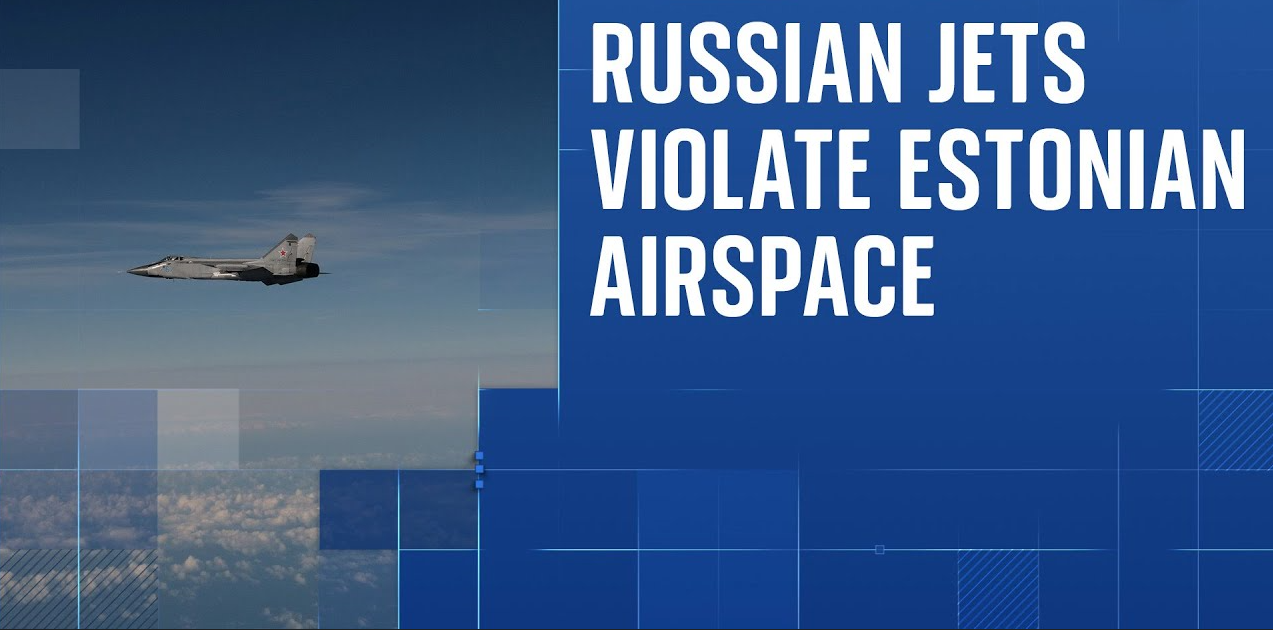Russian jets violated Estonian airspace again, prompting NATO interception. Officials criticised Moscow’s actions, emphasising NATO’s commitment to unity and defense of Ukraine in response to increasing aggression from Russia.
NATO fighter jets intercepted three Russian MiG-31 aircraft after they breached Estonia’s airspace over the Baltic Sea in a tense 12-minute incursion, an incident the alliance has labeled as proof of Moscow’s “reckless” behavior.
The response from European leaders was swift. Kaja Kallas, the EU’s top diplomat and former Estonian prime minister, condemned the move as an “extremely dangerous provocation”, warning that such violations risk escalating tensions further along NATO’s eastern flank.
European Commission President Ursula von der Leyen expressed solidarity with Estonia, vowing that Europe would “stand firm against every provocation.” She also pressed the EU’s 27 member states to approve the bloc’s 19th package of sanctions against Moscow without delay, adding: “As threats escalate, so will our pressure.”
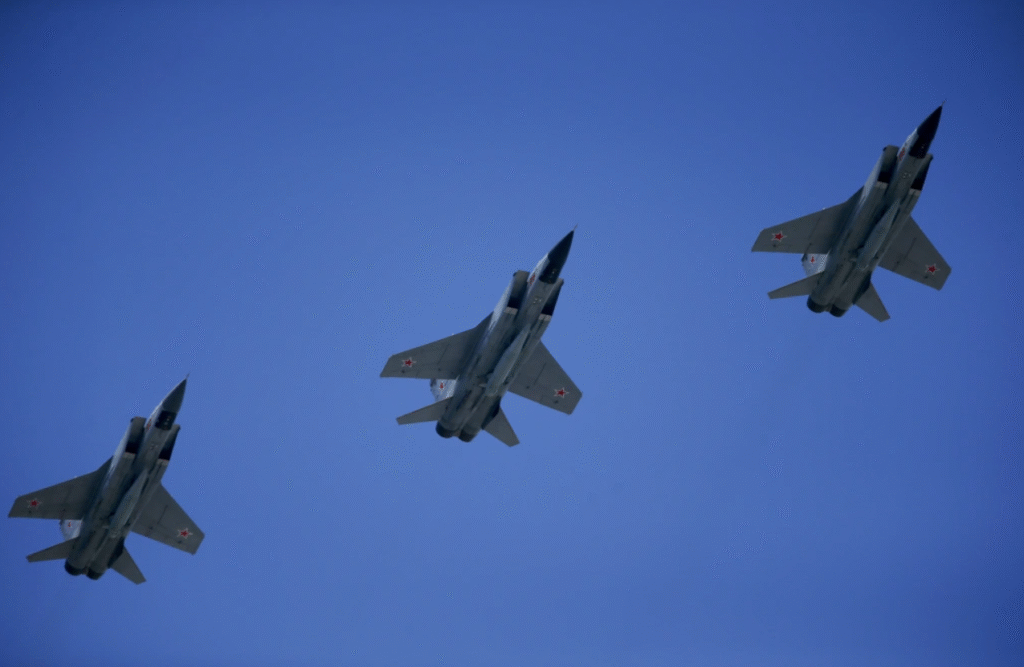
The latest incident follows the recent Russian drone overflights in Polish territory, which had already heightened concerns about the security of NATO’s eastern border. A NATO spokesperson confirmed the breach, saying allied jets “responded immediately and intercepted the Russian aircraft”, describing the episode as another sign of reckless Russian conduct.
Moscow, however, denied any wrongdoing. Russia’s defense ministry said the MiG-31s were on a routine flight from Karelia, near Finland, to Kaliningrad, its heavily militarized exclave that borders Poland and Lithuania.
The clash of narratives underscores the rising tensions in the Baltic and Eastern European region, where both NATO and Russia have increased surveillance and military activity since the outbreak of the Ukraine war.
Tensions flared in the Baltic region on Friday when three Russian MiG-31 fighter jets were intercepted by NATO aircraft after entering Estonian airspace near Vaindloo island in the Gulf of Finland, according to Estonia’s defence forces.
The jets were intercepted by Italian F-35 fighters stationed at Ämari Air Base as part of NATO’s ongoing air policing mission over the Baltic Sea. Estonian officials said the Russian aircraft had no flight plans, switched off their transponders, and were not in contact with air traffic control—a direct breach of international aviation safety norms.
Estonia’s foreign minister, Margus Tsahkna, denounced the incident as “unprecedentedly brazen,” adding that Russia has violated Estonia’s airspace four times this year. “Russia’s increasingly extensive testing of boundaries and growing aggressiveness must be met with a swift increase in political and economic pressure,” he warned.
Tallinn has since summoned Russia’s chargé d’affaires to lodge a formal protest. Estonia’s Prime Minister Kristen Michal also announced that the country has requested NATO consultations under Article 4, which calls for talks when a member nation’s security is under threat.
Meanwhile, European Council President António Costa said EU leaders will discuss a “collective response” to the violation during their upcoming meeting in Copenhagen on 1 October. He called the airspace breach “another unacceptable provocation.”
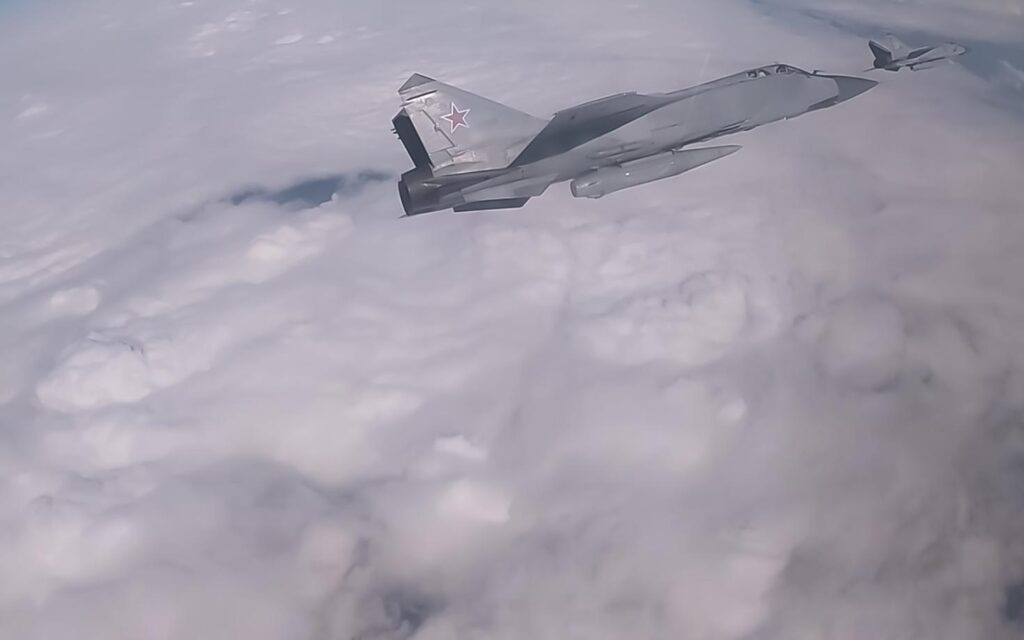
Russia, however, rejected the allegations, insisting that its jets had been flying over neutral waters of the Baltic Sea, more than three kilometers from Estonia’s Vaindloo island, and had not violated Estonian airspace.
International reactions were swift. At the White House, U.S. President Donald Trump told reporters he would be briefed on the situation, remarking: “I don’t love it. I don’t like when that happens. Could be big trouble.”
Ukraine’s President Volodymyr Zelenskyy also weighed in, condemning the incident as “outrageous” and urging allies to take stronger measures against Moscow.
NATO spokesperson Allison Hart confirmed that the North Atlantic Council will convene early next week to discuss the incident in detail.
The escalating dispute underscores the fragile security situation along NATO’s eastern border, where both Russia and Western allies have stepped up military activity amid the ongoing war in Ukraine.
European leaders have warned that Russia’s repeated incursions into NATO territory are far from accidental, citing a growing pattern of airspace violations and election meddling in Eastern Europe.
In a strong statement on social media, one EU official said: “These are not accidents. It requires a systemic response. Strong action must be taken – both collectively and individually by each nation.”
The warning follows a major airspace breach over Poland earlier this month, when more than 20 Russian drones crossed Polish skies on the night of September 9–10. NATO jets scrambled to intercept, downing several drones. Western officials believe the incident was designed to test the alliance’s readiness and resolve.
That violation has been described as the most serious cross-border incident into a NATO member state since Russia’s full-scale invasion of Ukraine in 2022. Similar incursions have also been reported by Estonia, Romania, and Moldova, fueling fears of a broader Russian campaign to destabilize Europe.
Friday’s MiG-31 incursion near Estonia’s Vaindloo island has only added to concerns. Experts note that while Russian military aircraft have frequently skirted Baltic airspace, the latest episode stood out because it lasted longer than typical flyovers.
This morning, 3 Russian Mig-31 fighter jets entered Estonian airspace.
— Kristen Michal (@KristenMichalPM) September 19, 2025
NATO fighters responded and the Russian planes were forced to flee.
Such violation is totally unacceptable. The Government of Estonia has decided to request NATO Article 4 consultations.
“This could be a test by Russia to see how NATO responds, but it could also be coincidental,” said Jakub Godzimirski, a researcher in Russian security policy at the Norwegian Institute of International Affairs. “Still, this must be viewed in the broader context of the drone incursion in Poland just days ago.”
Meanwhile, the head of Britain’s MI6 intelligence agency, Richard Moore, dismissed the notion that Vladimir Putin is seeking peace negotiations. Moore argued that Moscow’s strategy is to stall while pursuing military escalation, saying: “Putin seeks to impose his imperial will by all means at his disposal. But he cannot succeed. He thought he was going to win an easy victory, but he underestimated the Ukrainians.”
Estonia, which has consistently taken a hard line against Moscow, recalled a similar incident in May when a Russian fighter jet briefly crossed NATO airspace over the Baltic Sea. That violation occurred during a Russian operation to protect a sanctioned oil tanker suspected of being part of a “shadow fleet” evading Western restrictions.
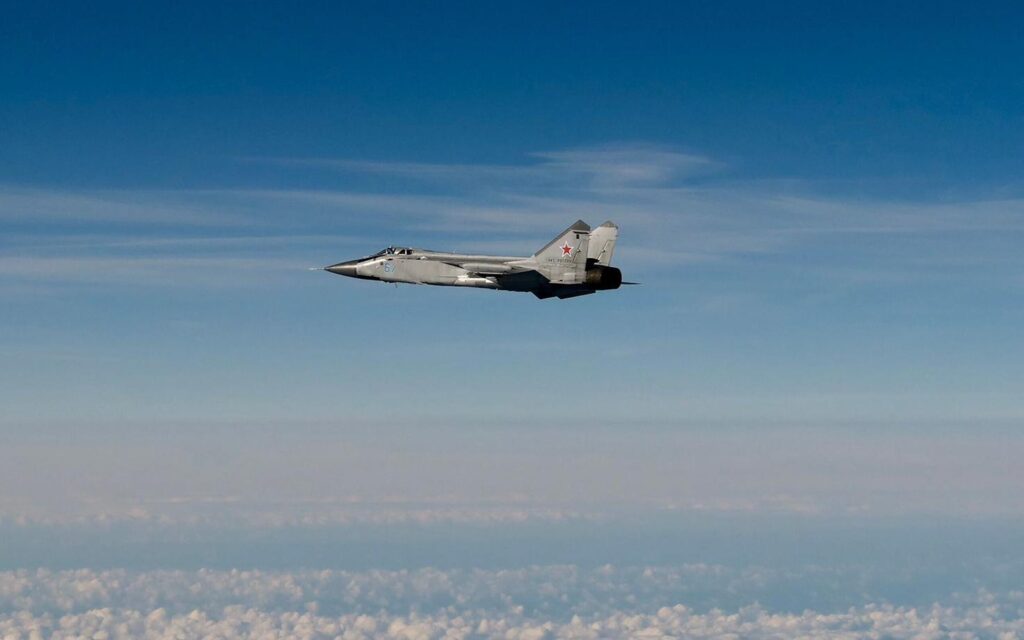
Together, these incidents highlight how the Baltic and Eastern European region remains one of the most volatile fault lines between NATO and Russia, raising fears that Moscow is deliberately probing the alliance’s defense posture.
‘Unprecedentedly brazen’
The instances are the latest cases of NATO member countries reporting airspace violations by Russian jets and drones in recent days.
“Russia has already violated Estonia’s airspace four times this year, which in itself is unacceptable. But today’s incursion, involving three fighter aircraft entering our airspace, is unprecedentedly brazen,” Estonian Foreign Minister Margus Tsahkna said.
“Russia’s increasingly extensive testing of boundaries and growing aggressiveness must be met with a swift increase in political and economic pressure,” Tsahkna said.
Romania’s foreign minister Oana Toiu told CNN’s Isa Soares that she had spoken to her Estonian counterpart about the incident.
“We are clear on the fact that it is unacceptable,” Toiu said. “Russia is trying to undermine NATO’s coherence, but I think they’re achieving the exact opposite.”
Russia’s attempt to undermine NATO is doing the opposite, Romanian FM tells CNN
Ukrainian President Volodymyr Zelensky called the violation part of a “systematic Russian campaign directed against Europe, against NATO, against the West.”
The European Union’s top diplomat, Kaja Kallas, condemned the incident on Friday as an “extremely dangerous provocation.”
“This marks the third such violation of EU airspace in days and further escalates tensions in the region,” Kallas wrote on X. “The EU stands in full solidarity with Estonia.”
Kallas said she was in close contact with the Estonian government. “Putin is testing the West’s resolve. We must not show weakness,” she added.
US President Donald Trump weighed in Friday on the Russian airspace violations, saying it “could be big trouble.”
Speaking to reporters at the Oval Office, Trump said he had not been briefed on the incidents yet, but added: “I don’t love it. I don’t like when that happens. Could be big trouble.”
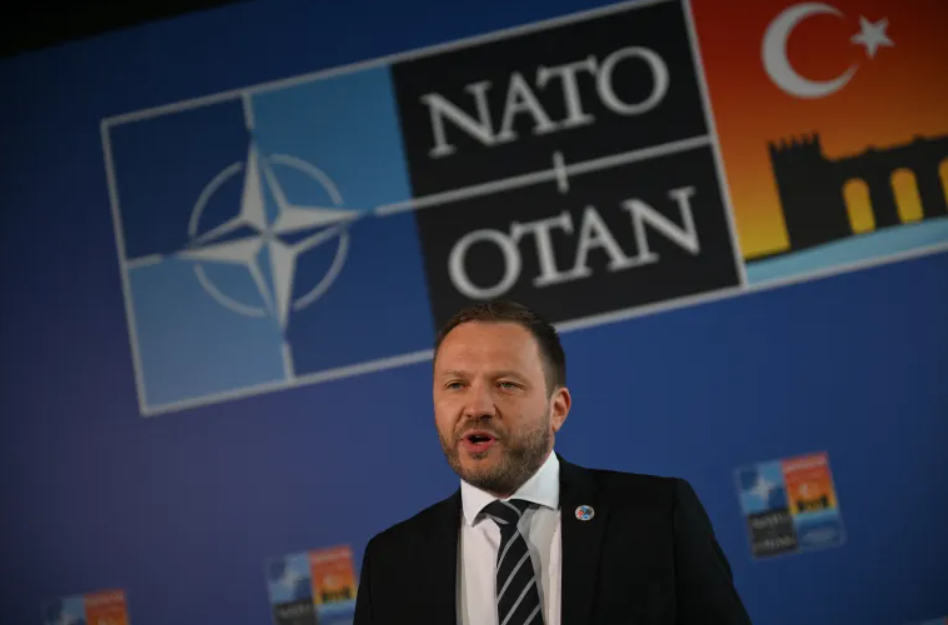
Calls for more sanctions
Earlier Friday, the European Commission proposed a fresh round of sanctions against Russia, citing, among other things, the violation of EU airspace.
European Commission President Ursula von der Leyen pushed for EU states to approve the sanctions to place additional pressure on Moscow.
“We will respond to every provocation with determination while investing in a stronger Eastern flank. As threats escalate, so too will our pressure,” von der Leyen wrote on X.
British Foreign Secretary Yvette Cooper said the UK supports Estonia and emphasized the need to “increase pressure on Putin, including driving forward the important new economic sanctions.”
The incident on Friday comes after Russian drones violated both Polish and Romanian airspaces earlier this month – prompting NATO allies to pledge to beef up defenses on the alliance’s eastern flank.
Last Wednesday, NATO fighter jets shot down multiple Russian drones that violated Polish airspace during an attack on neighboring Ukraine.
The operation marked the first time that shots were fired by NATO since the start of the war in Ukraine. The military alliance denounced Moscow for “absolutely dangerous” behavior.
On Sunday, Romania’s airspace was breached by a Russian drone, prompting Bucharest to scramble fighter jets.
The two F-16 jets came close to downing the drone but pilots decided not to open fire after assessing the collateral risks.
Also Read :
Why the U.S. H-1B Crackdown Could Trigger India’s Innovation Surge
ABC suspends Jimmy Kimmel show off air ‘indefinitely’ over Charlie Kirk comments
‘Anaconda’ 2025 Trailer: Jack Black, Paul Rudd join forces in meta horror reboot

